
ATTENTION! The New Arsenal is currently closed for reconstruction. We invite you to visit other locations of the National Museum of Lithuania.
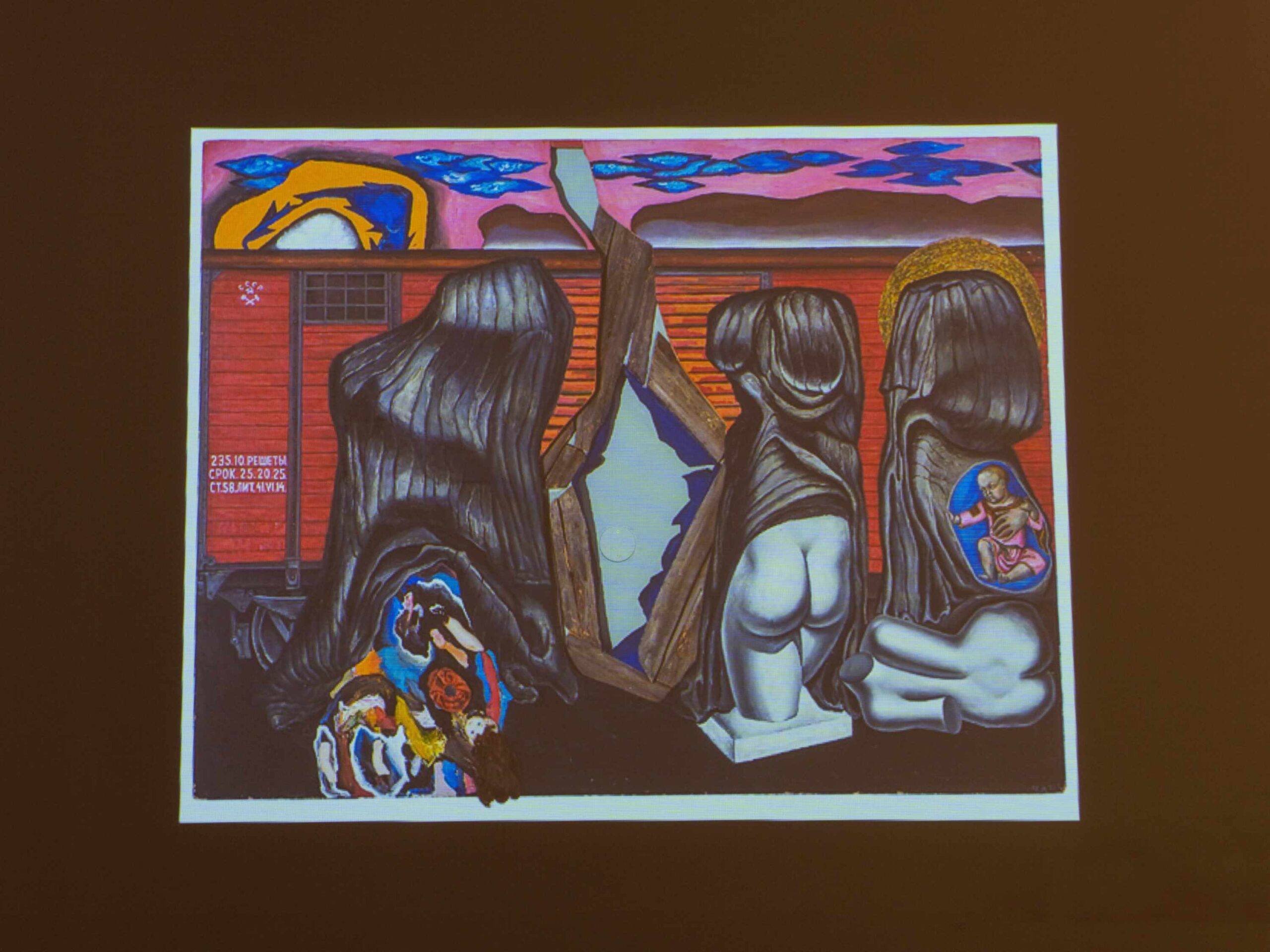

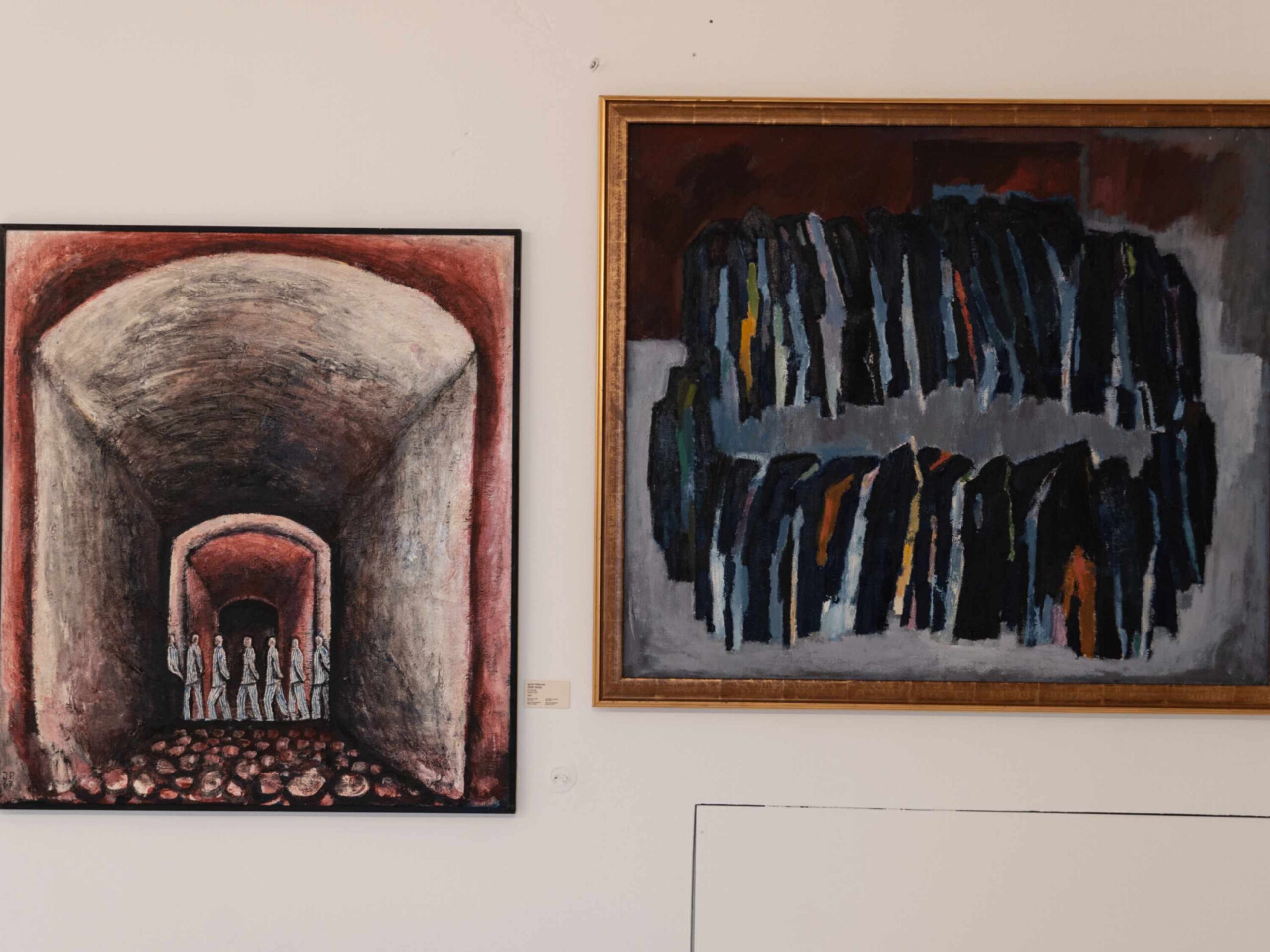

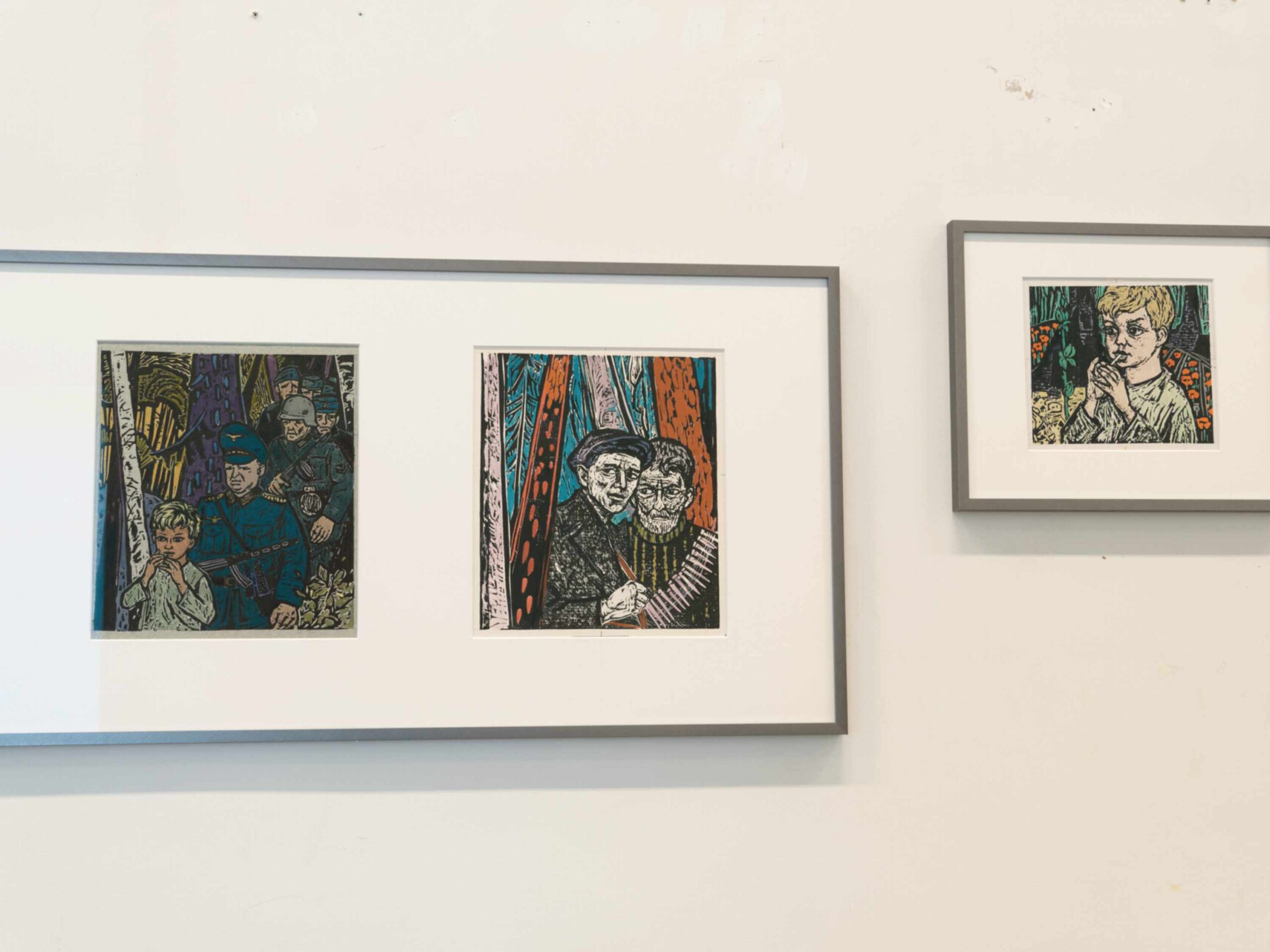

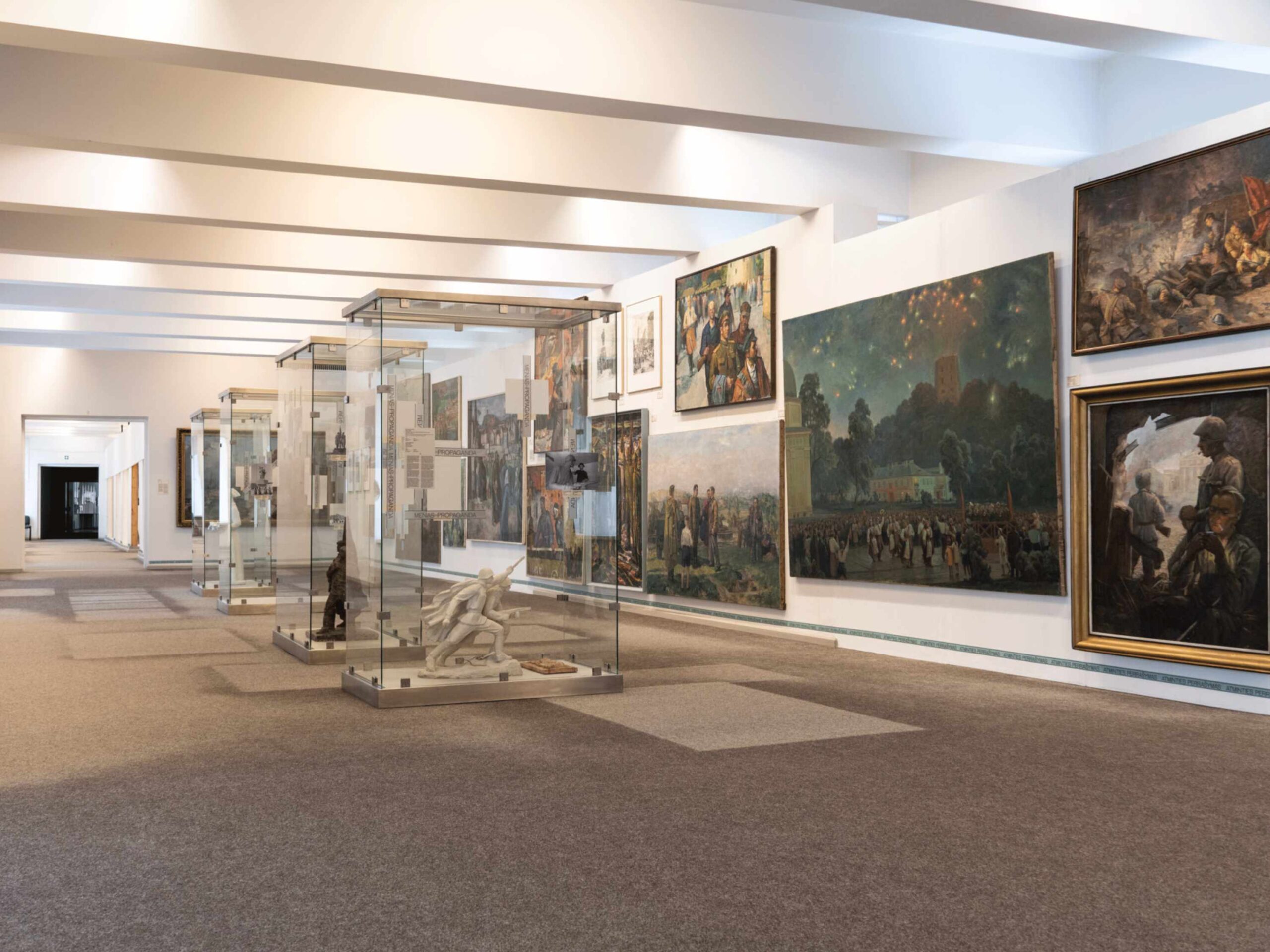
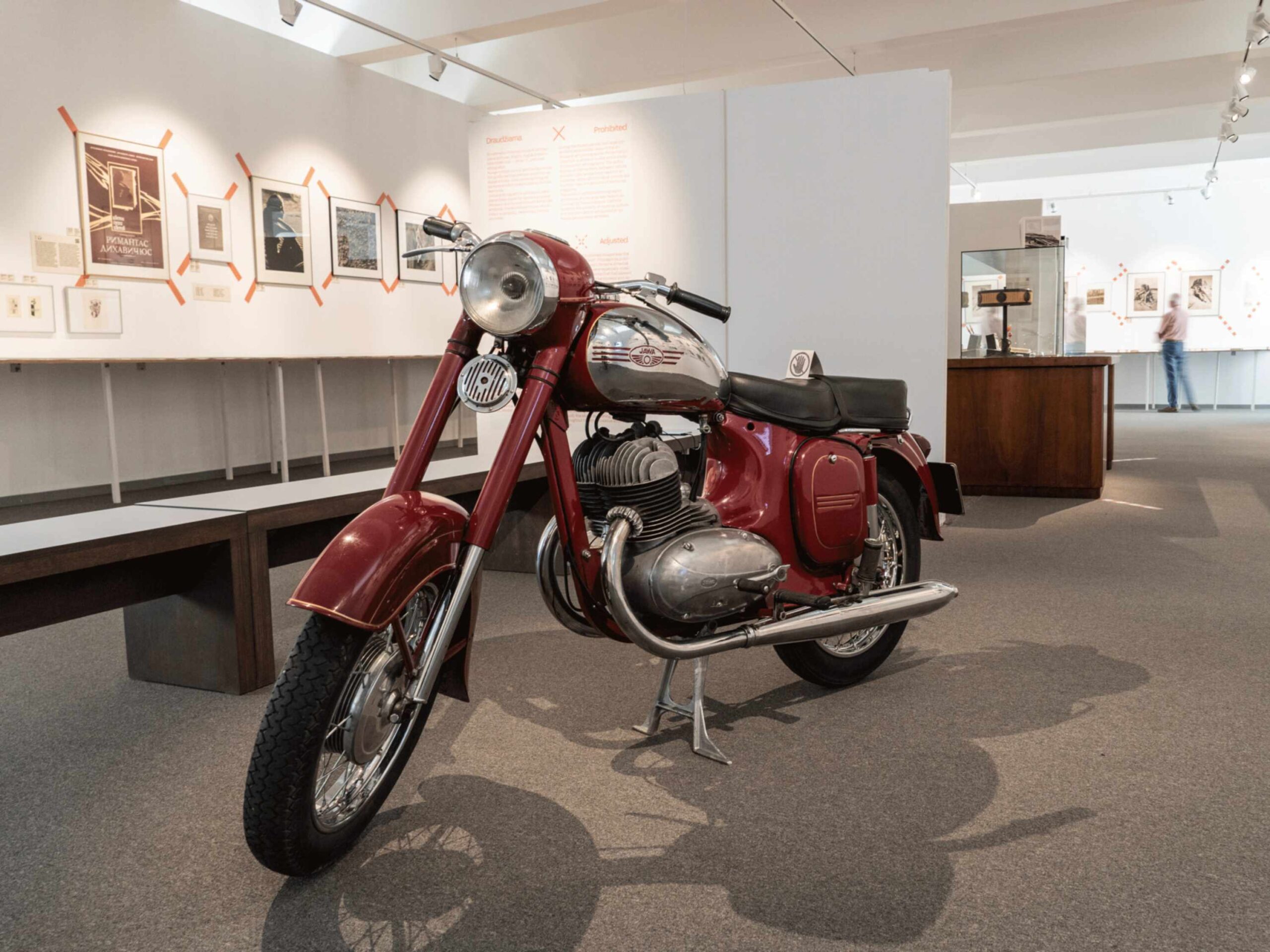
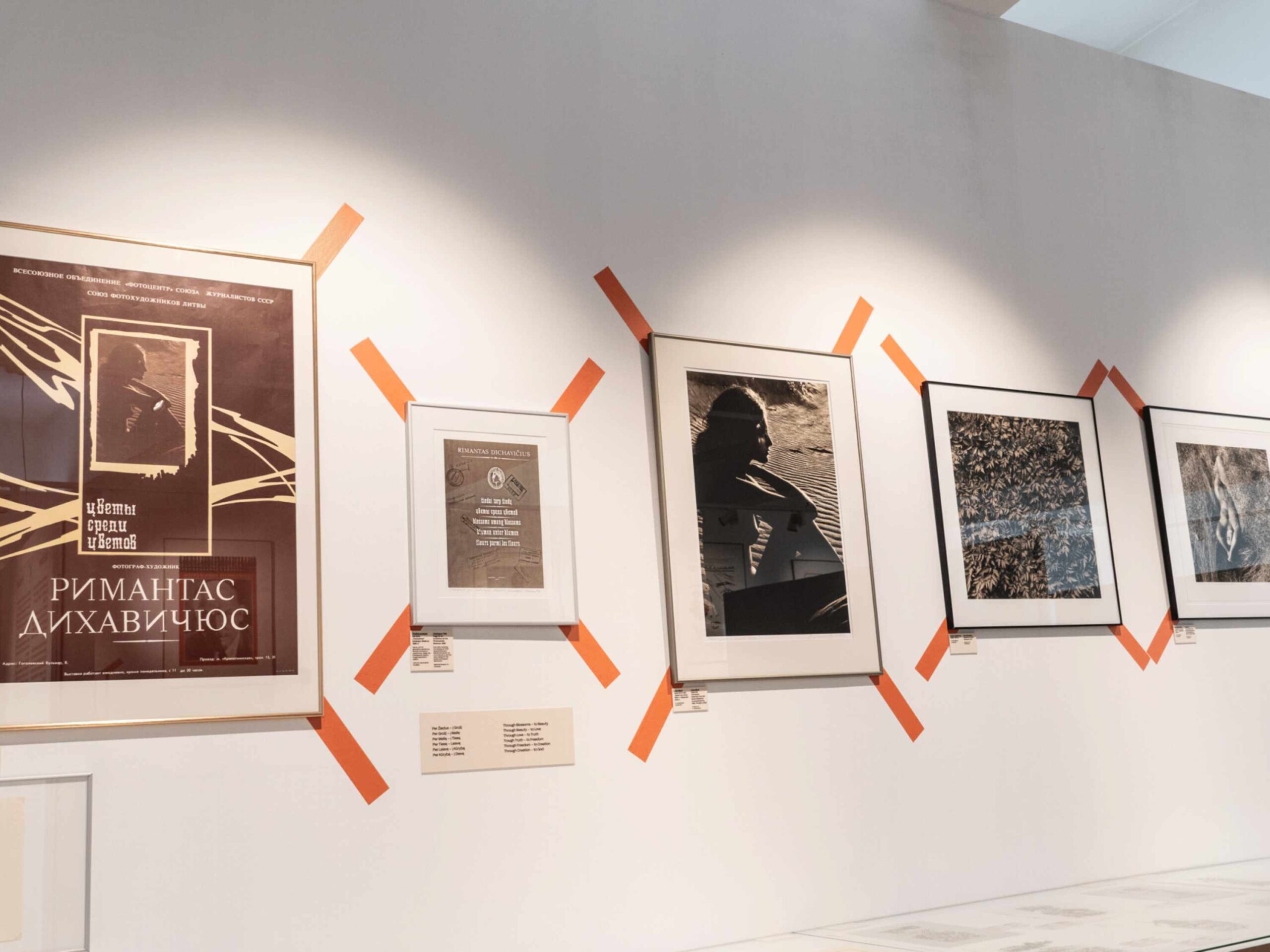
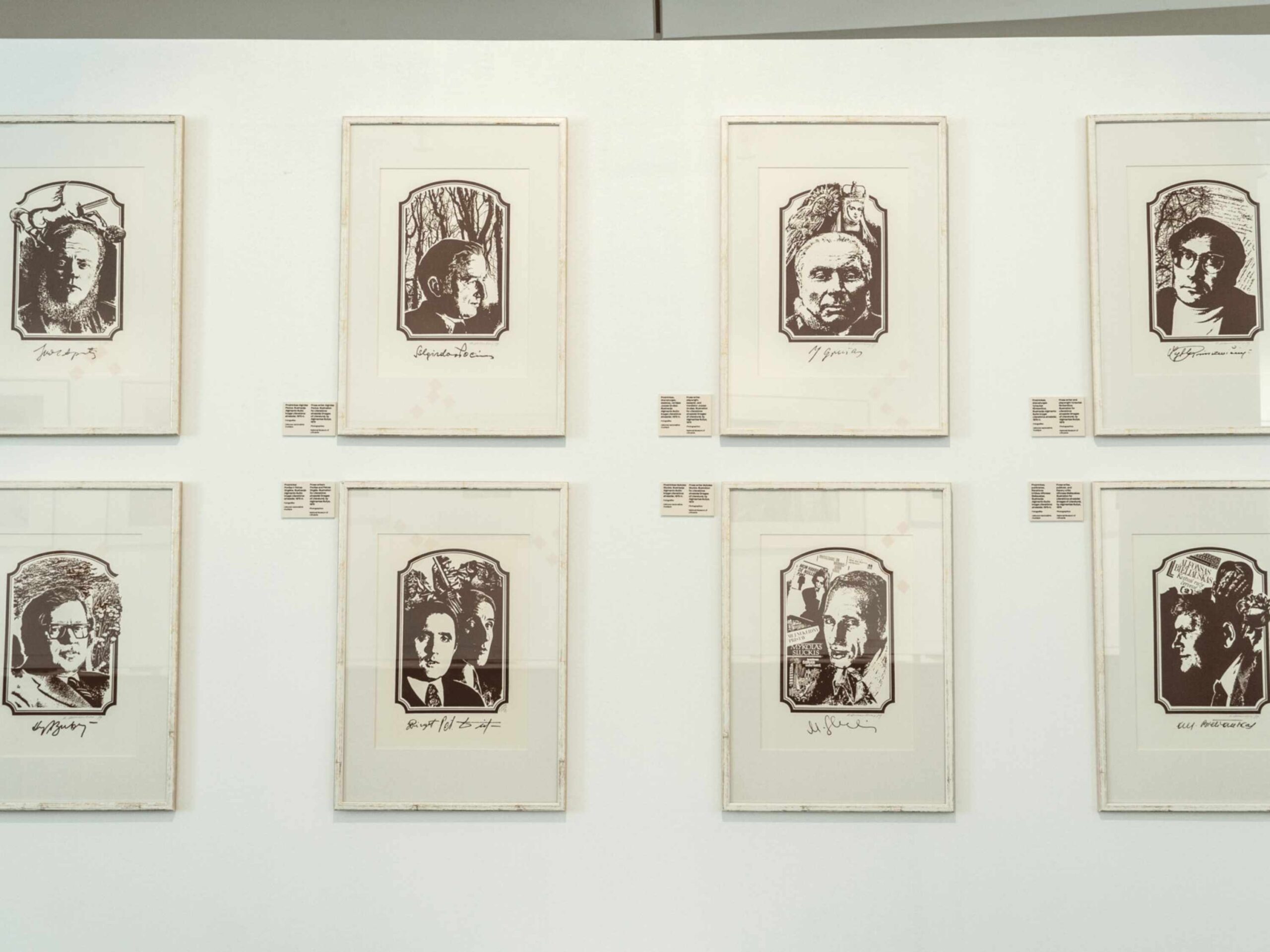
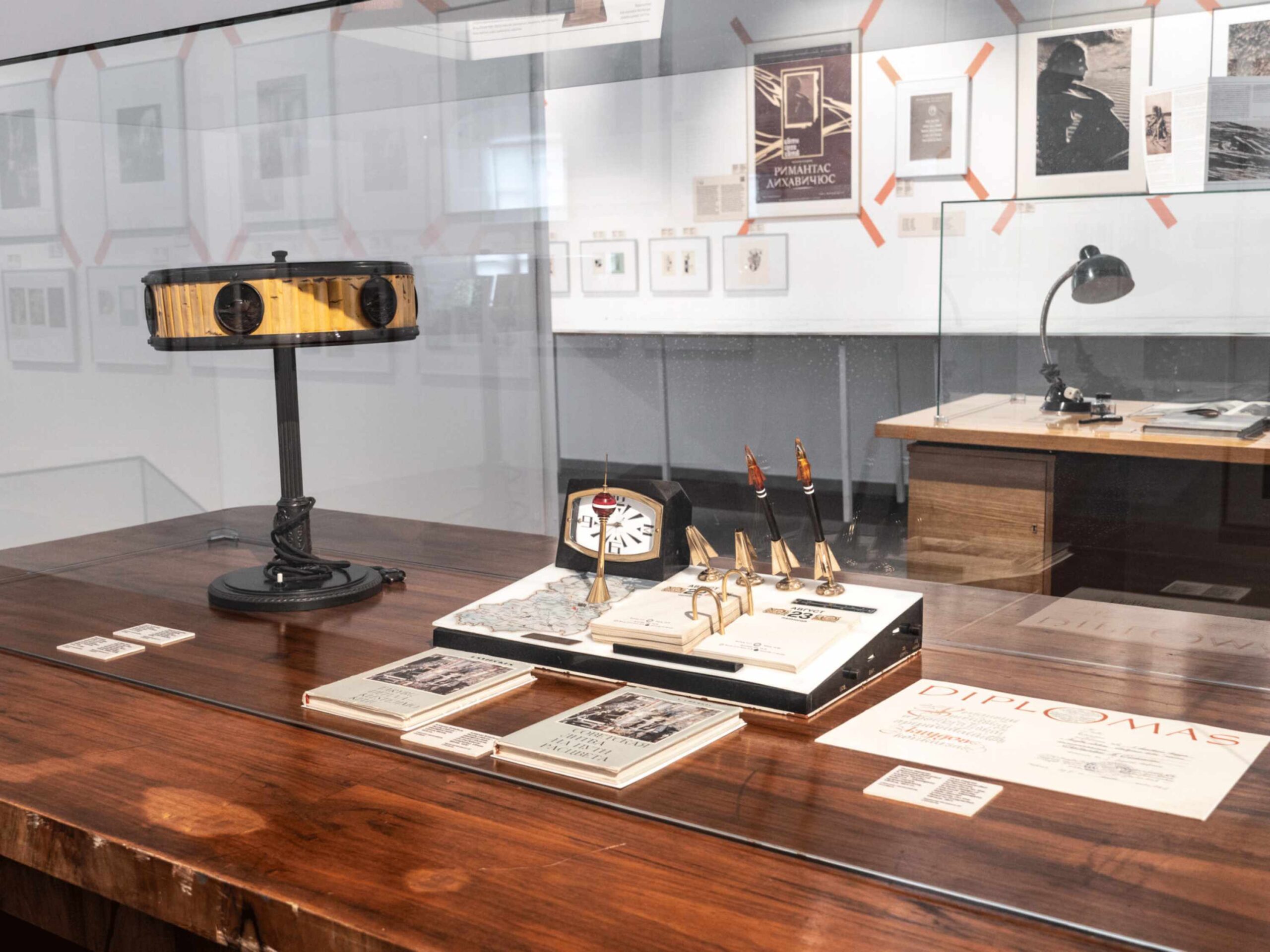
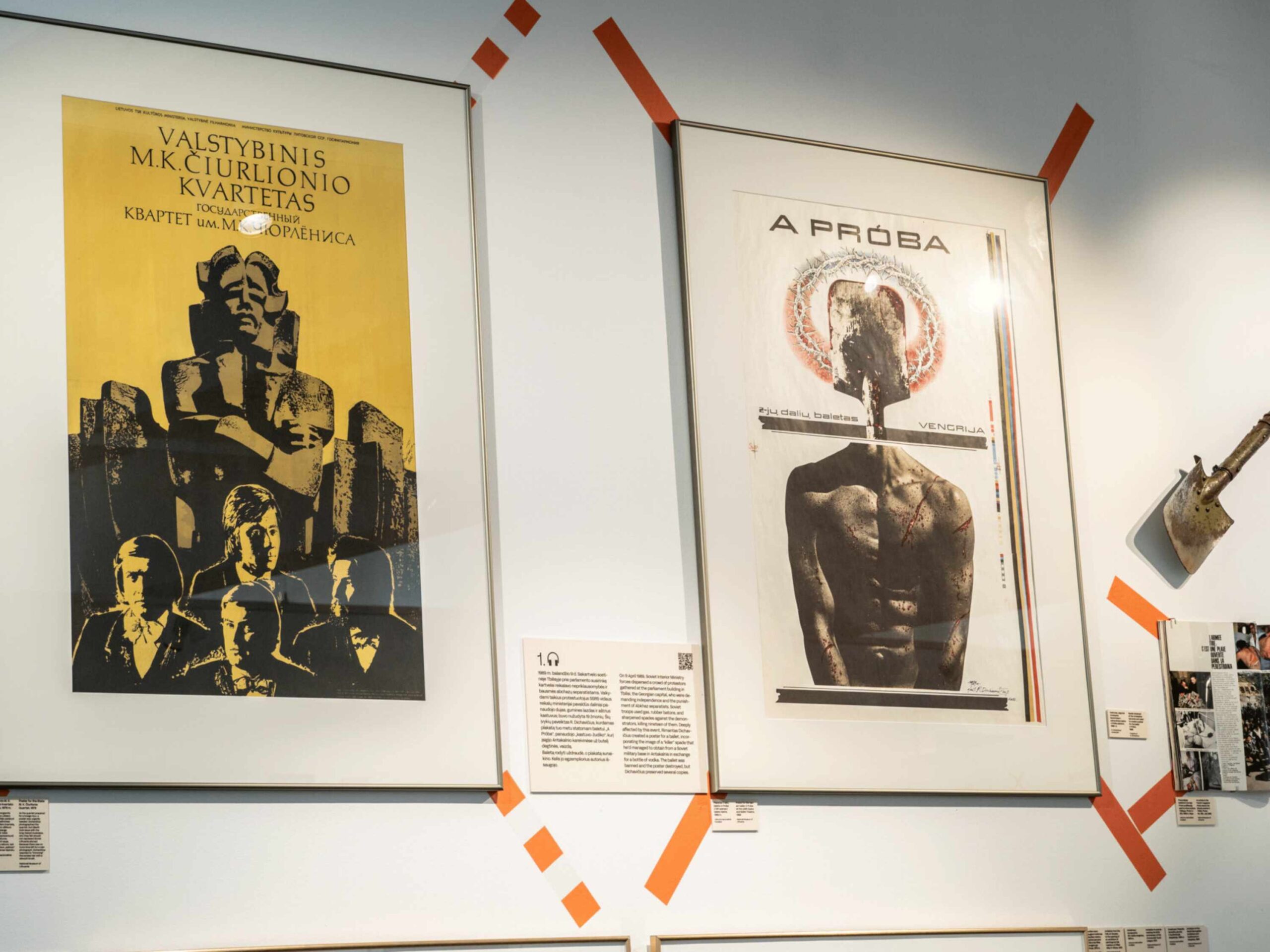
About us
The New Arsenal is closed for reconstruction!
What will you see here?
While the New Arsenal is closed for reconstruction, we invite you to visit other locations of the National Museum of Lithuania.
What will you learn?
The beginning of the exhibition transports the visitor to the Vilnius Antiquities Museum (1855–1915), on the basis of which the National Museum of Lithuania was later established. The Antiquities Museum’s artifacts and original glass display cases present the only such example of a “museum within a museum” and recreate the spirit and atmosphere of that earlier institution.
The next room offers a thorough presentation of Lithuania’s history – from the formation of the state in the 13th century to its fall in 1795, and how the societies of those eras lived.
The second floor introduces visitors to the turbulent years of the 19th and 20th centuries. This was a period of rebellion and the struggle for freedom, a time during which the nation took shape and modernized, all of it leading up to the proclamation of Lithuania’s independence on 16 February 1918.
In other second-floor exhibition rooms visitors can see Lithuanian ethnic culture artifacts dating from the 18th century to the first half of the 20th century and related to the traditions and everyday life of Lithuanian peasant, folk art, ethnic costumes, residential interiors, and Lithuanian iron crosses, which have been recognized by UNESCO as intangible cultural heritage.
History of the building
The National Museum of Lithuania sits at the confluence of the Neris and Vilnia rivers, the site where the Vilnius castle compound was established centuries ago. This ensemble included not only the Lower and Upper Castles, but also the Old and New Arsenal buildings. During the 16th century, the New Arsenal was the private residence of Sigismund Augustus, Grand Duke of Lithuania and King of Poland. It was referred to as the New Riverside Hall because, at the time, a tributary of the Vilnia flowed past the building’s facade.
The Grand Duke’s residence was built by Benedykt Sandomierzanin, from Kraków, while the finishings and interior were completed by specially hired furniture makers, carpenters, tile stove craftsmen and stonemasons. The facade of the new palace faced the gardens, which contained three ponds and extended as far as today’s Tilto Street. Legend has it that Sigismund Augustus built this lavish residence with its gardens, ponds and swans to gain the favour of his future wife, Barbara Radziwiłł, with whose death the palace lost its exclusive status.
The period to the end of the 18th century marks another stage in the building’s evolution. After Lithuania was absorbed by Imperial Russia and the Russian army established itself in the Lower Castle, the New Arsenal was used to store the military district’s artillery. During this period the building was refashioned according to the strict classicism preferred in Imperial Russia. A six-column portico was added and the windows were reset. The facade acquired the more dull expression typical of buildings allocated to the Imperial Russia’s military needs. While at first canons were stored here, the building was later adapted as a barracks. With the 1863 Uprising it also came to serve as a prison for political prisoners.
The New Arsenal building continued to be used for military purposes up to and following the Second World War. The National Museum of Lithuania was established in the New Arsenal building in the 1960s and opened to the public in 1968. Today the museum offers expositions dedicated to the history of the Grand Duchy of Lithuania, the tumultuous transitional period of the 19th century, and Lithuanian ethnography.
Contacts
How to find us?

